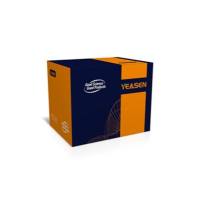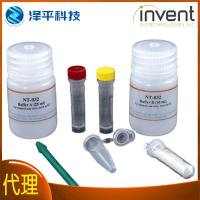Mitogen-activated protein (MAP) kinase pathways are conserved in eukaryotes and transmit a plethora of stimuli. MAP kinases (MAPKs) are part of signalling modules that consist of three to four tiers of protein kinases in a phosphorylation cascade. MAPKs are known to phosphorylate specific substrates at specific sites at a �threonine or serine residue followed by proline, but the surrounding amino acids of the phosphorylation site and docking interactions are also important for substrate recognition. MAPK activity can be assayed by detecting their phosphotransferase activity, their activation state, or detecting the switching on or off reaction of specific genes, or cellular responses. Prior to the kinase assay, specific MAPK proteins can be immunoprecipitated either by MAPK-specific antibodies or by the introduction of C-terminal epitope tags and expression of the fusion proteins in planta or transiently in protoplasts. Protoplasts derived from Arabidopsis thaliana cell cultures or leaves provide a valuable tool to co-express multiple gene constructs, thus in this system MAPKs can be co-expressed with upstream regulatory components or downstream targets. In protoplasts, the signalling activity through MAPK pathways can also be monitored by �co-transforming reporter genes fused to target promoters. Furthermore, components of the MAPK �signalling pathways can be silenced by co-transformation of RNAi or amiRNA constructs, and the impact of silencing on MAPK activation or gene expression can thus be determined.






